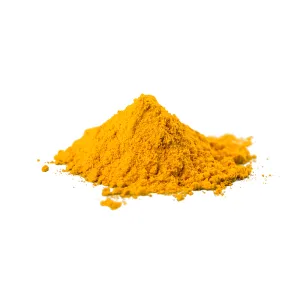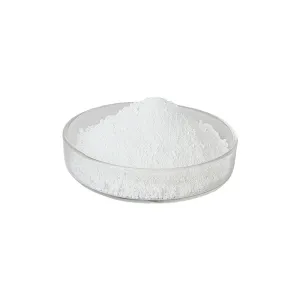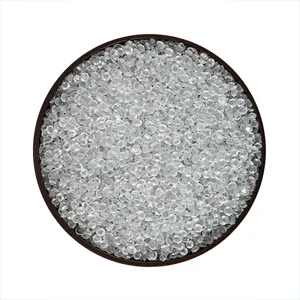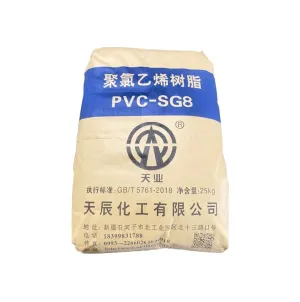392
November 19, 2024, 4:10 PM

Since November, China's polyester market has continued to maintain a low level and fluctuate within a narrow range. Among them, the spot market price of polyester raw material PTA fluctuates around the range of 4,730 - 4,895 yuan/ton, and the ethylene glycol East China market fluctuates around the range of 4,590 - 4,690 yuan/ton, and the market volatility narrows. The changes in macro sentiment in China have directly promoted the polyester raw material market, but as demand weakens in the later period, it will have a greater impact on the overall supply and demand side of the polyester market.
First of all, from the perspective of PTA's own supply and demand side, the changes in equipment of PTA companies have increased recently. PTA companies have maintained a level of above 80%. The market has sufficient spot supply, and the market continues to be in a stock-accumulating cycle. Yisheng New Materials 'set of 3.6 million-ton units dropped to 60%-70% on November 16. Honggang Petrochemical's No. 2 2.5 million-ton PTA unit was shut down as planned on November 5 and restarted discharge on the 12th. A 2 million-ton PTA unit in Yisheng Ningbo was heating up and restarting in early November, and the unit was shut down at the end of January. A 2.5 million-ton PTA unit of Dushan Energy was parked near October 27 and resumed on November 7. Dongying Weilian's 2.5 million-ton PTA unit was shut down as planned on November 13 and is expected to be overhauled within two weeks. A 3-million-ton PTA unit in Yizheng Chemical Fiber was scheduled to drop to 50 - 60% on November 6. The 1.2 million-ton PTA unit in Zhongtai, Xinjiang, was stopped on October 6, and the restart time is to be determined.
Judging from the supply side of ethylene glycol itself, with the restoration of several sets of maintenance equipment, the overall industry's start-up has risen to a high level of around 66%. Coupled with the resumption of supply of new production capacity, the market supply is sufficient. Recently, Xinjiang Tianye has increased its burden, Huayi and Yang coal have produced materials, and the operating rate of coal-to-ethylene glycol has increased significantly. In the later period, there are still plans to increase the burden of Meijin, Yuneng Chemical and other units, and the supply of ethylene glycol will continue to rise. Inventories of ethylene glycol ports in East China's main port have rebounded, and the pressure on ethylene glycol supply will gradually increase in the later period.
At present, as individual polyester companies stop or reduce production, the polyester load in China has dropped to around 88%. Although the polyester start-up level is still at a high level compared with previous years, the polyester load may enter an inflection point in the later period. With the gradual weakening of terminal demand and the continuous increase of polyester companies 'inventories, polyester companies will gradually announce maintenance plans.
From the perspective of terminal demand, with the end of the shopping festival, the market transaction atmosphere has weakened, and e-commerce orders have been placed on demand. In terms of orders, as the weather gets colder, domestic trade just needs some support from thermal fabrics. Foreign trade orders take into account subsequent tariff issues, and some orders are placed in advance, but their sustainability is generally normal, and large orders show a significant decrease. The inventory of grey cloth has gradually increased, the weaving start-up load has partially begun to decline, and the start-up of printing and dyeing enterprises has also begun to decline moderately, and the addition of elastic materials can still be maintained for the time being.
Overall, although the short-term polyester market trend is still dominated by the macro perspective, costs drive the market. However, as demand weakens, polyester and terminal supply and demand will gradually enter an inflection point, and the polyester market will gradually be under pressure in the later period due to weak demand. It is recommended to follow up carefully.















